It’s common to hear people complaint of having itchy ears. Having an itchy sensation in ears can be pretty discomforting. The ears tend to be highly sensitive and are prone to infections that can result in the urge to scratch. Sometimes, itching can indicate a serious problem that could damage earn canal. If you are having itchiness in ears, and it keeps on occurring, you should see an ear specialist to examine it. Many things can cause ears to itch from insect bites to ear infections.
In some people the itching may be quite bad that they try to stick objects into their ears something that may cause trauma to ear canal. On examination, the ear canal may appear normal or there may be some scaling of skin. When people use things like coat hangers, bobby pins, and tooth picks or matchbox sticks to scratch their itchy ears, it can aggravate the problem. These objects can cause abrasions to an individual’s ear canal. If there is skin breakage on the ear canal it can promote entry of bacteria to the tissues. This way, the ear may be infected.

What Does It Mean When Your Ear Itches – Causes
Your ears may seem pretty small when you compare to other parts like your leg or arm, however, they comprise of many sensitive neurological fibers. That’s why they are subject to itching. Among the possible cause of itchy ears are:
Earwax blockage: Earwax offers defense against infections to a person’s outer ear parts, it can also cause the problem of itching. Earwax blockage may also be referred to as cerumen impaction and it occurs when the body releases excess earwax. It also occurs when existing wax gets pushed further into the person’s ear canal. Normally, wax in the ear will work its way out without causing blockage. However, if the wax is pushed and ends up into the deeper parts of the ear or if there is excess production of earwax, these could result in blockage.
A person having earwax blockage will experience symptoms like feeling of fullness within their ear, having earache, or hearing odd noises, buzzing, or ringing in ears. Usually, the main symptom associated with a blocked ear is reduced hearing. These symptoms mostly are noticed in one ear because it is not likely that a person will have both ears blocking at once. If both ears are being affected, it could be something else like an underlying medical condition.
Malignant otitis externa: Also referred to as swimmer’s ear, otitis externa is a common infection occurring in individual’s ears. The infection develops in the person’s ear canal that leads to the eardrum. Sometimes, otitis externa may spread to tissues around including the face, jaw, and bones. This infection may be referred to as malignant otitis externa and it’s not because of water being trapped inside a person’s ear canal.
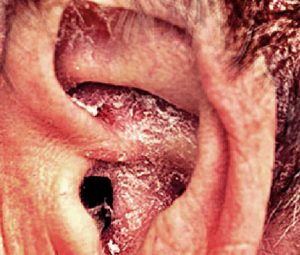
Malignant otitis externa is mostly caused by bacteria like Staphylococcus aureus or Pseudomonas aeruginosa. More than 90 percent of individuals having malignant otitis externa also have diabetes. The infection is aggressive and it has another name which is necrotizing external otitis. Not treating malignant otitis externa could result in a life-threatening situation. When you have other health conditions or you are having treatment that is likely to weaken your body’s immunity like HIV, chemotherapy, diabetes, and AIDS, you may suffer from malignant otitis externa. So it isn’t associated with otitis externa or swimmer’s ear.
When aggressive bacteria gain entry to an individual’s ear canal, and the persons have a comprised immune system, it will be difficult for the body to ward off the infection. The bacteria will attack and damage tissues within the ear canal as well as the bones found at the skull’s base. Without treatment, the infection will continue advancing and may spread to attack the cranial nerves, brain, and other body parts.
Malignant otitis externa presents with symptoms like hearing loss, ear pain that worsens when you move the head, foul-smelling greenish or yellowish discharge from ears, excessive itching in ear canal, loss of voice, fever, reddened and swollen skin around ears, and weakness of facial muscles.
Swimmer’s ear: This is also referred to as otitis externa and it’s an infection affecting the outer ear particularly the outer opening and ear canal connecting to eardrum. Otitis externa arises from moisture exposure and is common in people who spend much time in pools like teens and children. Swimming or having frequent showering and bathes can contribute to outer ear infection. Water may be trapped inside the person’s ear canal where it creates a breeding ground from microbes like bacteria. The constant exposure to moisture may deplete earwax, which is important in protecting the ear from infections.
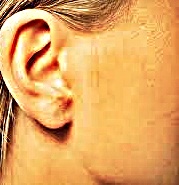
Fungal ear infection may occur when there is erosion of earwax by water splashing and overusing cotton buds to clear the ears. A person having swimmer’s ear or otitis externa may have symptoms like redness, swelling, discharge of pus, heat, discomfort or pain in ears, itching, diminished hearing, and excessive fluid discharge.
Ear injury: An injury to the thin skin layer lining an individual’s ear canal may also lead to an infection. Using headphones, intense scratching, or placing cotton swabs may cause damage to the ear’s delicate skin layer. If the skin layer is damaged and inflamed, bacteria may find their way into the ear causing infections.
Psoriasis: This is a common cause for itchiness in ears. The skin condition is caused by an auto-immune response and it leads to buildup of excess skin cells in the area around the ear’s surface. Because skin cells in ears are being produced faster than they are being shed, the buildup thereof arising from that situation causes scaling and itching.
In psoriasis, white blood cells or T cells begin attacking healthy skin cells mistakenly. This causes the body to trigger increased production of skin cells because the healthy ones are mistakenly being attacked and destroyed by the body’s immune system. The sped-up production of skin cells makes them accumulate on skin’s surface because they are not being shed at the same rate as production.
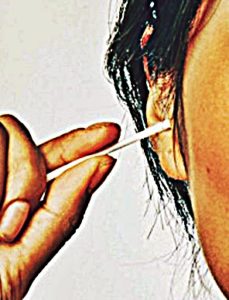
Treatment for Itchy Ears
Treating itchy ears mainly depends on the causative factor. Establishing the root cause can help prevent the itchiness. A doctor may prescribe some ways to help manage the condition as the skin heals. For example, you may want to wear shower and swim caps to ensure that the inflamed areas don’t become moist. Applying moisturizing ear drops prevents dryness of the ear’s skin.
A person may need swabbing to help clean their ear. Patients may also avoid swimming during the time they are healing of an infection that causes itchiness in ears.
For bacterial infection causing itchy ears, a doctor prescribes antibiotic ear drops like the case of swimmer’s ear or otitis externa. Antibiotic eardrops containing steroids may be used to help in treating infection and reducing swelling within the ear canal.
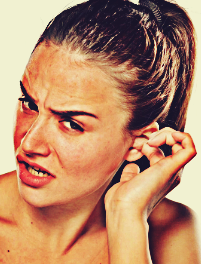
A case of malignant otitis externa is treated using antibiotic therapy. This condition may be difficult to treat, and a patient may have to take antibiotics for a couple of months. The antibiotics are administered intravenously through a vein in their arm.
A doctor uses an instrument known as otoscope to examine through the ear and check if it’s wax causing the itchiness. In treating earwax blockage, a doctor will remove the earwax and ensure that there isn’t any damage to sensitive ear structures. You may use substances meant to soften and help remove the earwax like glycerin, mineral oil, baby oil, and Debrox.
Using an eyedropper, you can insert some drops of these substances into the ear. Once the wax softens, it is able to come out. Another home care practice for removing earwax is irrigation. This involves the use of rubber ball syringe containing warm water. A person tilts their head and gently squeezes the syringe. Pulling the earlobe a bit, you inject the water towards the ear canal. Make sure you properly dry the ear after the procedure to prevent water being trapped inside.
Psoriasis is treated using topical creams and ointments like anthralin, topical corticosteroids, moisturizers, vitamin D analogues, and topical retinoids.
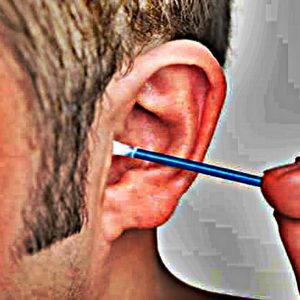

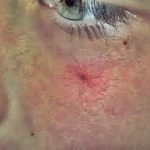

Wow! This could be one particular of the most beneficial blogs We’ve ever arrive across on this subject. Actually Fantastic. I’m also a specialist in this topic so I can understand your hard work.